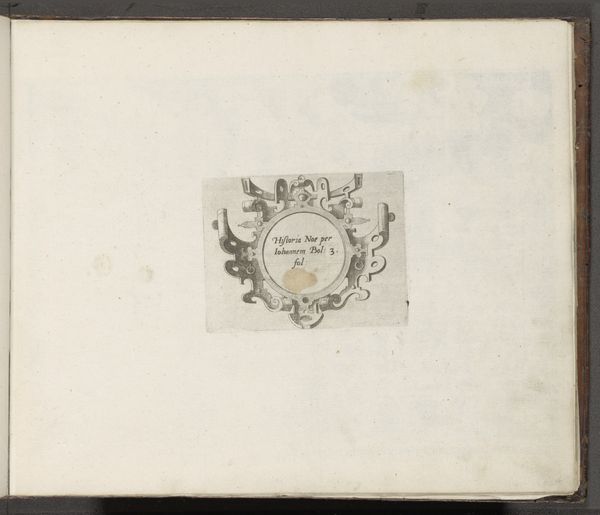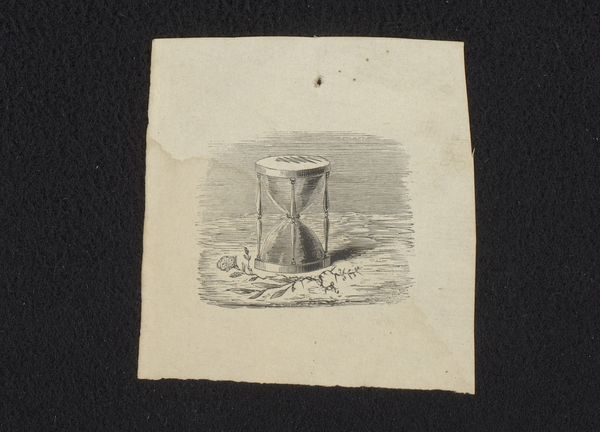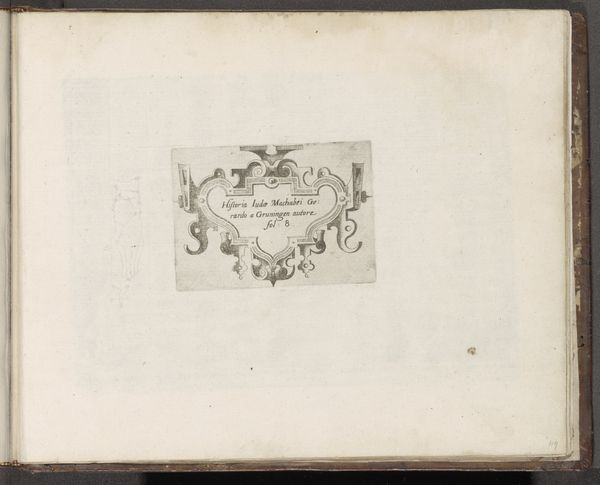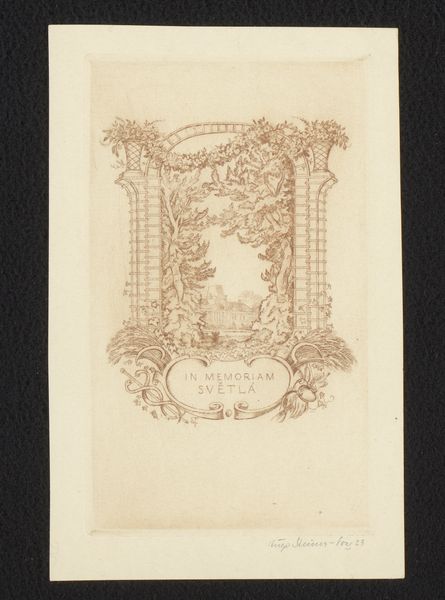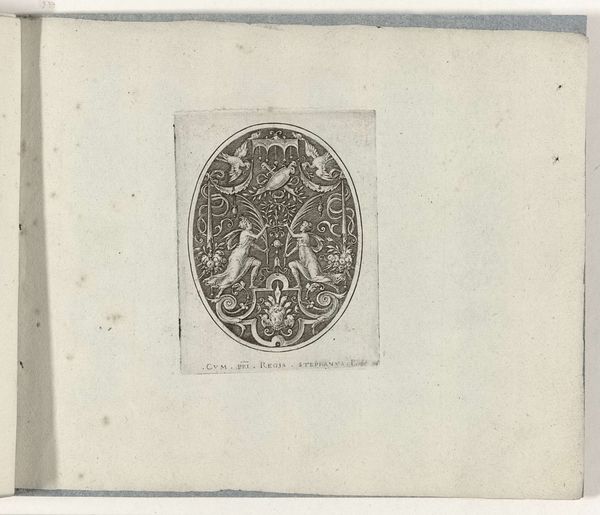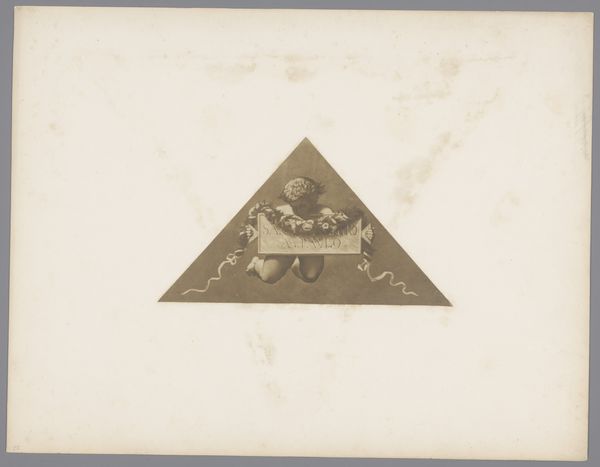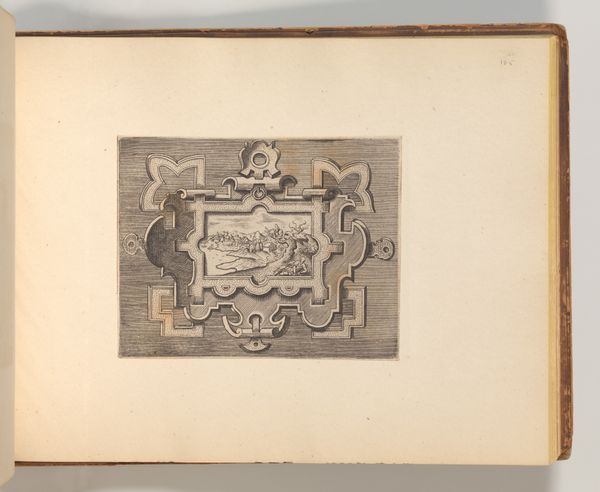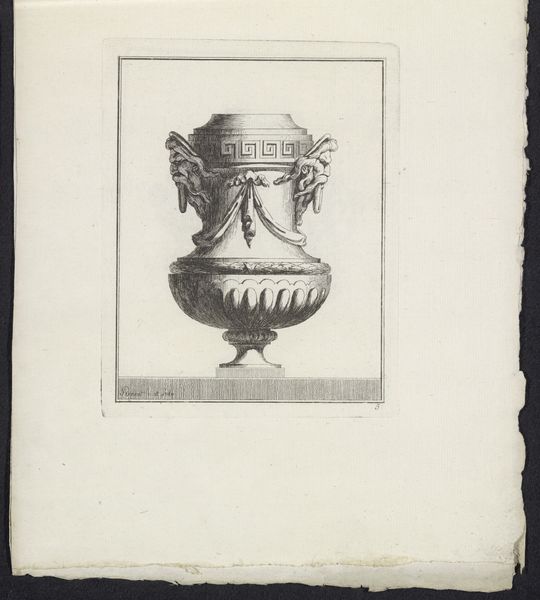
Dimensions: height 68 mm, width 77 mm
Copyright: Rijks Museum: Open Domain
Editor: This is "Vignet met paard en twee figuren" by Isaac Weissenbruch, dating from 1836 to 1912. It's an ink drawing on paper and looks like a miniature circus scene. The delicate linework is quite striking. What do you see in this piece? Curator: I'm particularly interested in the materiality here. We see ink meticulously applied to paper, a readily available, and therefore democratic, medium during that period. Think about who had access to paper, to ink. This isn't a grand oil painting commissioned by nobility; it's an intimate work, suggesting perhaps a burgeoning middle class with leisure time and an appreciation for detailed craft. Consider also how the production of paper and ink itself shaped the availability and accessibility of art during that time. Does the artist elevate a mundane circus act by meticulously rendering the subject matter? Editor: That’s interesting! I hadn't considered the significance of the materials in that way. It makes me think about how mass production might have influenced the choice of medium. Were they challenging the art world in some way? Curator: Precisely! The small scale invites closer inspection, creating an almost personal connection with the viewer, a direct contrast to the grandiose Salon paintings meant to impress from afar. This draws into focus labor -- whose labor created this, for whom, and under what economic conditions? Weissenbruch could be commenting on the increasing commodification of leisure, framing a disposable, entertaining object as a means for production or class critique. It challenges notions of what is worthy of artistic representation and who could be its consumer. Editor: So, it’s less about the beauty of the scene itself, and more about the social and economic context of its creation and consumption? Curator: Exactly. By examining the materials and means of production, we can gain a richer understanding of its meaning. It reminds us that art isn't created in a vacuum, but is intrinsically linked to the world around it. Editor: I'll definitely pay closer attention to an artist's materials and processes moving forward; I am now viewing artworks from an alternative perspective. Thank you!
Comments
No comments
Be the first to comment and join the conversation on the ultimate creative platform.
